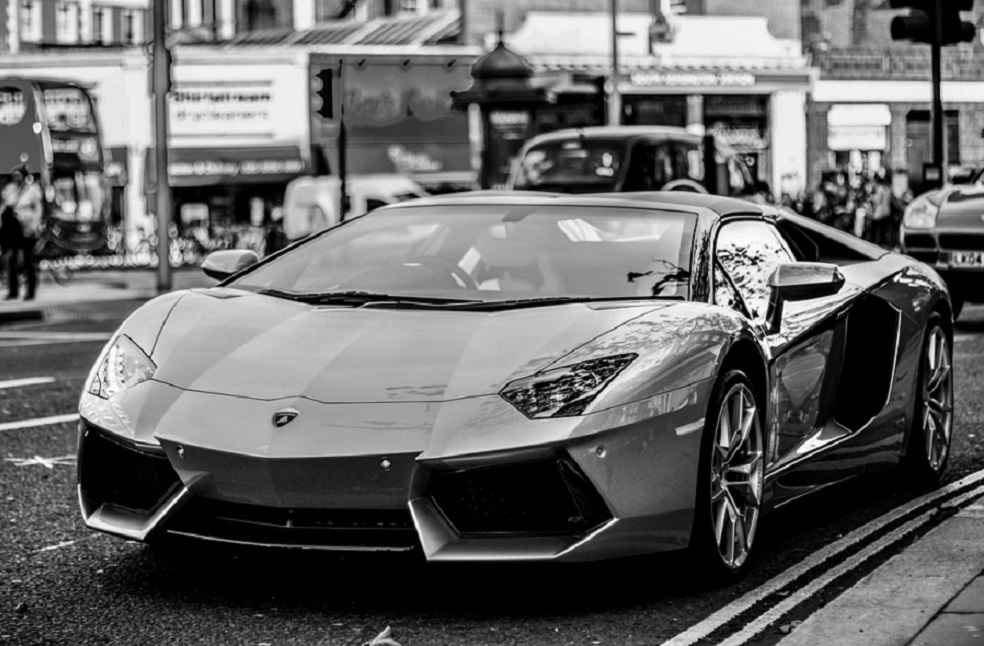Once the beacon of a green vehicular future, Electric Vehicles (EVs) seem to have lost their spark in India, the world’s third-largest car market. As gasoline and diesel vehicles continue to throttle ahead, the road for EVs appears to be a rough one, despite the Indian government’s ambitious target to achieve 30% EV sales by 2030.
A look at the stats reveals a stark reality: according to automotive market intelligence provider JATO Dynamics, petrol vehicles have ramped up their market share to a robust 68.4% during January to July 2023, marking a significant rise from 42.5% in 2014. On the other hand, EVs have merely managed to scoop a paltry 2.4% of India’s car sales within the same timeframe in 2023.
India’s road transport minister, Nitin Gadkari, issued a stern warning to both domestic and foreign automakers recently. The message was clear; trim down the production of pollution-spewing diesel vehicles or brace themselves for steeper taxes and levies. Yet, the response from the market was far from what green enthusiasts would have hoped for.

A deeper dive into the consumer behavior unveils the rationale behind such market dynamics. Cost-conscious Indians seem to have a clear preference for petrol cars, which are more affordable upfront compared to diesel variants, notwithstanding the latter’s superior fuel efficiency. The trend is not just confined to the middle-income segments. Even the luxury sector, populated by esteemed brands like Mercedes, BMW, and Audi, observed a substantial 62% of sales stemming from petrol variants.
The scenario for diesel vehicles is not much different. Despite the minister’s ominous warning, the market share of diesel vehicles dipped to 18% in January-July 2023, a significant fall from 47.9% in 2014. However, in the realm of luxury cars, diesel variants have managed to keep their allure, garnering a market share of 33% in 2023, a slight uptick from 31% in the previous year. Diesel’s charm also remains intact among private taxis, utility vehicles, and trucks, largely owing to its fuel efficiency.
So where does this leave the electric counterparts? At the forefront of India’s EV market is Tata Motors, valiantly spearheading the green transition. The whispers of Tesla contemplating an Indian entry have also been circulating for weeks. However, the glaring lack of charging infrastructure coupled with India’s price-sensitive consumers poses formidable hurdles.

Meanwhile, vehicles running on compressed natural gas (CNG) have been gaining traction, especially among cab operators, elevating their market share to 11.4% from 9% in 2014. It’s a modest but notable shift, signifying the willingness to adapt to alternative fuels.
The government’s vision of a 30% EV market share by 2030 now hangs in the balance. The road ahead for EVs in India is laden with challenges, each turn demanding robust infrastructure, favorable policies, and a massive shift in consumer perception and buying behavior. Without a comprehensive strategy addressing these core issues, the goal of electrifying India’s roads seems to be a distant dream, while petrol and diesel vehicles continue to race ahead unbridled.
EDITORS’ PICKS | Ample, Mitsubishi Unite for ‘EV Truck Battery Swap’ Revolution





